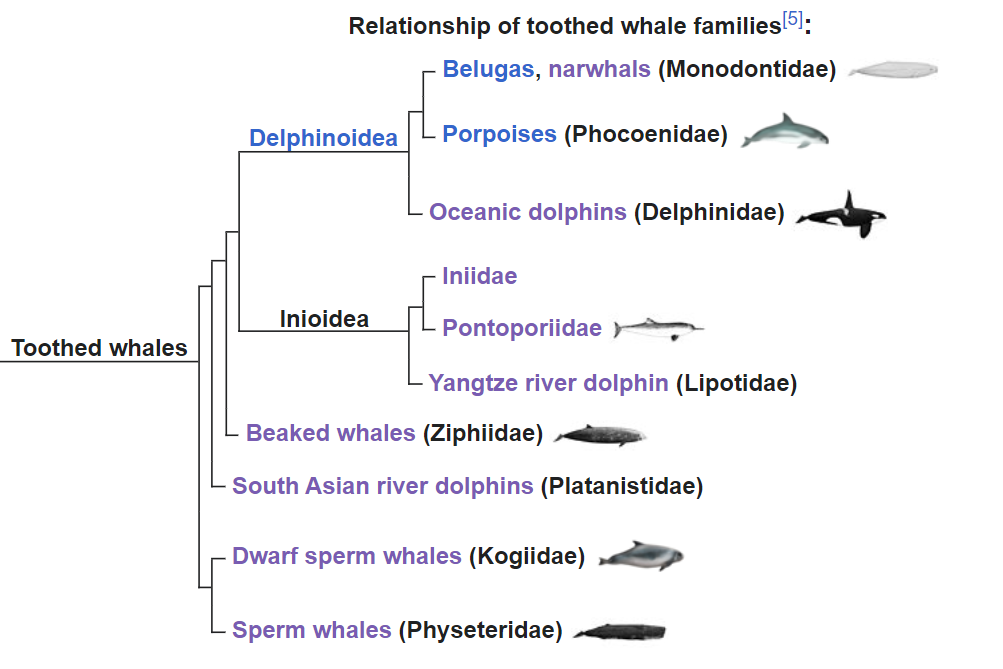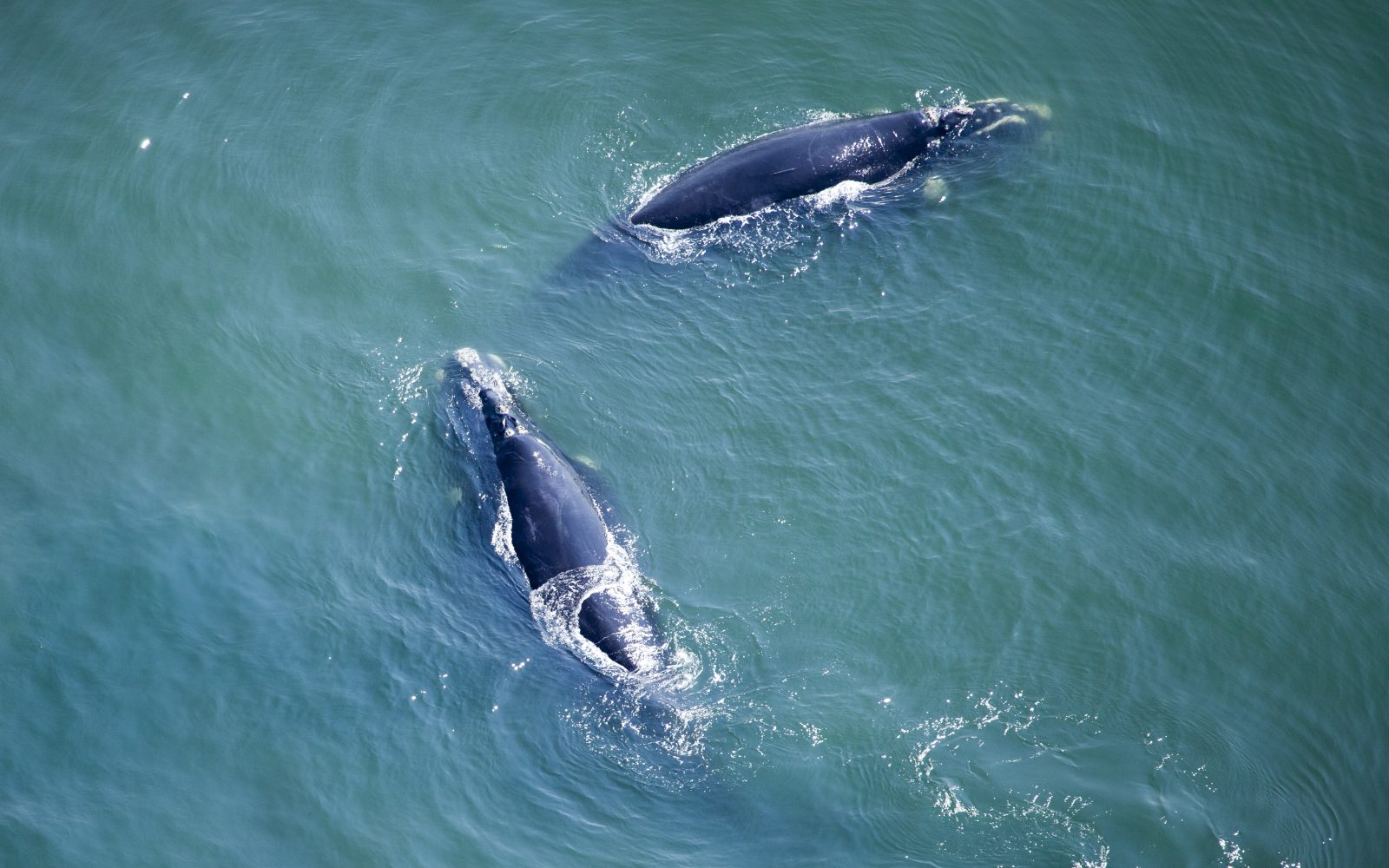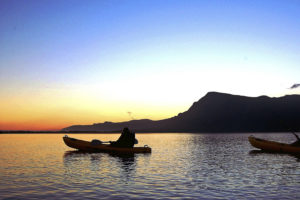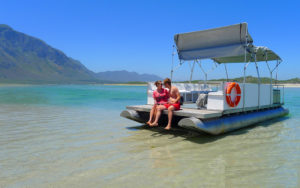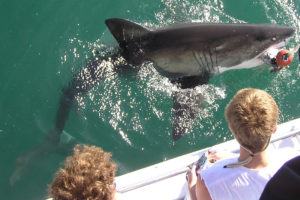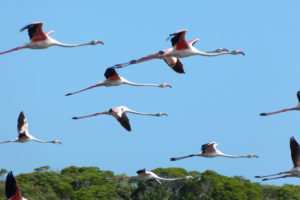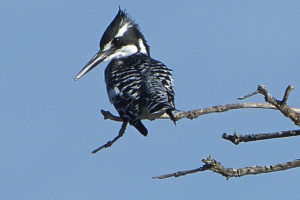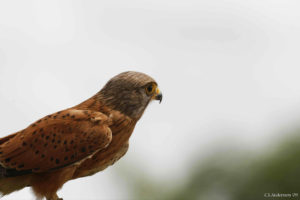Humpback whale
The humpback whale is a widely recognized species. Weighing around 40 tonnes, and measuring 14-17m. It is known for its habit of breaching (as above) which can be heard from miles away, and its incredibly complex song, which can last between 4 minutes and 33.
Their low sounds can be heard by whales 1000 miles away, and have been picked up by electronic sources far further away than that.
Whaling did horrific damage to this species, with their population falling to just 5000 in the 1960s. Thankfully, having been protected, the population is now around 135,000. Subspecies are more varied, with those in the northern hemisphere less secure. The least secure is the Arabian sea population, which is thought to be isolated for 70,000 years and there are only 80 that remain.
Threats to individual whales include entanglement in fishing gear, ocean noise and collisions with ships.
They are known to have hunting methods more complex than most baleen whales, including bubble netting which forces the fish into tighter shoals to then be taken in one mouthful.
Young are predated by orca in some parts of the world, and many carry scars from these encounters to the end of their lives.



